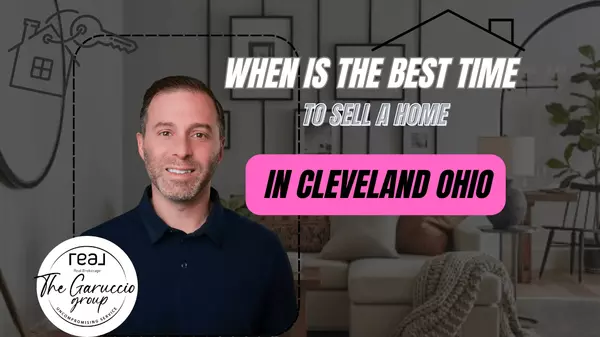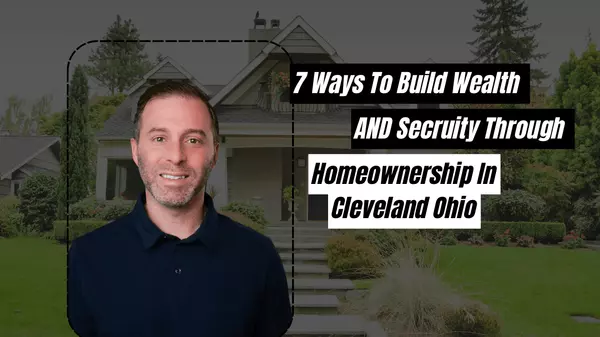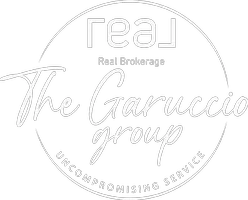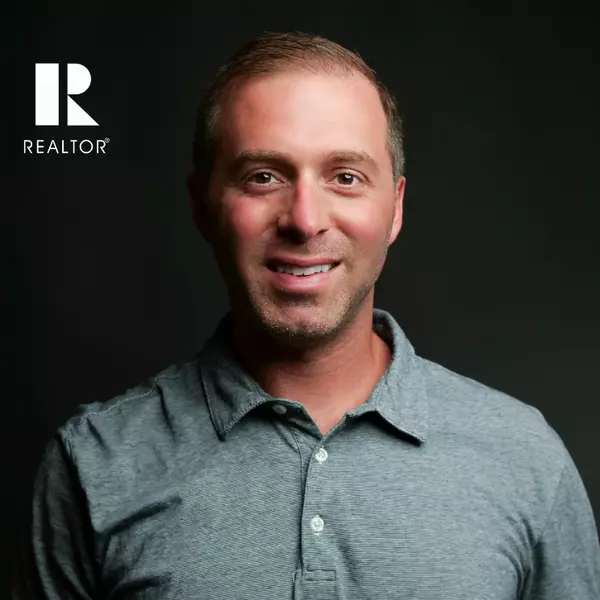How to Find a Mold-Free Home in Cleveland, Ohio: A Guide for Buyers with Mold Sensitivities

Buying a home is exciting—but if you’ve ever struggled with mold illness (CIRS or mold-related sensitivities), the process can also feel overwhelming. Cleveland’s climate, with its mix of older housing stock, lake-effect rain, and humid summers, means water damage and mold are real risks. The good news? With the right knowledge, you can house hunt safely and confidently.
If you’re searching phrases like “how to find a mold free house in Cleveland” or “how to house hunt when sick from mold,” this guide is for you. Below are practical steps, based on mold-illness house hunting checklists, to help you choose a healthy, mold-safe home in Northeast Ohio.
1. Start with the Right Type of Home
-
Newer builds are safer bets. Look for homes built in the last 2–10 years that are well maintained.
-
Avoid risky designs. Homes with flat roofs, crawlspaces, or hillside basements often trap moisture.
-
Prefer open, well-ventilated layouts. Good airflow reduces the risk of hidden dampness.
2. Look for Red Flags During Showings
-
Check for water stains or fresh paint. A new coat of paint may be covering water damage.
-
Inspect bathrooms and kitchens. Look under sinks, around dishwashers, washers, and water heaters for swelling, warped floors, or discoloration.
-
Trust your nose. A musty smell is often the first sign of hidden mold.
3. Exterior and Drainage Matter
Cleveland winters and spring rains can push water against foundations. When touring homes:
-
Make sure landscaping slopes away from the house.
-
Avoid properties where sprinklers hit the siding or water pools near the foundation.
-
Inspect wood decks, mulch beds, and patios for rot close to the structure.
4. HVAC and Ventilation
-
Check the attic and ducts. Poorly drained HVAC systems can harbor hidden mold.
-
Confirm exhaust fans vent outdoors. Bathrooms and kitchens should not recirculate moist air indoors.
-
Avoid shared HVAC systems. In condos or multi-family units, shared systems can carry contaminants from neighbors.
5. Go Beyond the Walkthrough
Even if everything looks fine, mold can still lurk. Consider:
-
ERMI or HERTSMI testing. Dust sampling can reveal hidden mold issues.
-
Visual Contrast Sensitivity (VCS) testing. A personal check for whether a building is making you symptomatic.
-
Hire a Cleveland-area Indoor Environmental Professional (IEP). A CIRS-literate inspector knows what standard inspections miss.
6. Special Tips if You’re Mold-Sensitive
-
Skip carpet whenever possible. Carpeting can hold years of contaminants.
-
Avoid homes with indoor water features like fountains, indoor pools, or terrariums.
-
Be cautious with basements. In Cleveland, basements are common but also mold-prone. Look for signs of waterproofing, dehumidifiers, and drainage systems.
7. Work With a Mold-Aware Realtor®
If you’re relocating to Cleveland and managing mold illness, you need an agent who understands:
-
How to screen listings for mold risk before you tour.
-
Which Cleveland neighborhoods offer newer housing stock with better drainage.
-
How to negotiate inspection contingencies and testing for your protection.
Final Thoughts
Finding a mold-free home in Cleveland, Ohio is possible—it just requires a careful eye and the right support. By combining smart visual checks, professional testing, and local expertise, you can confidently secure a safe space for your family.
If you’re currently house hunting while recovering from mold illness, don’t go it alone. Partner with a Cleveland real estate professional who understands both the local market and the unique needs of environmentally sensitive buyers.
👉 Looking for guidance on buying a mold-safe home in Cleveland? Reach out today—I help families like yours find safe, healthy homes all across Northeast Oh
Categories
Recent Posts











